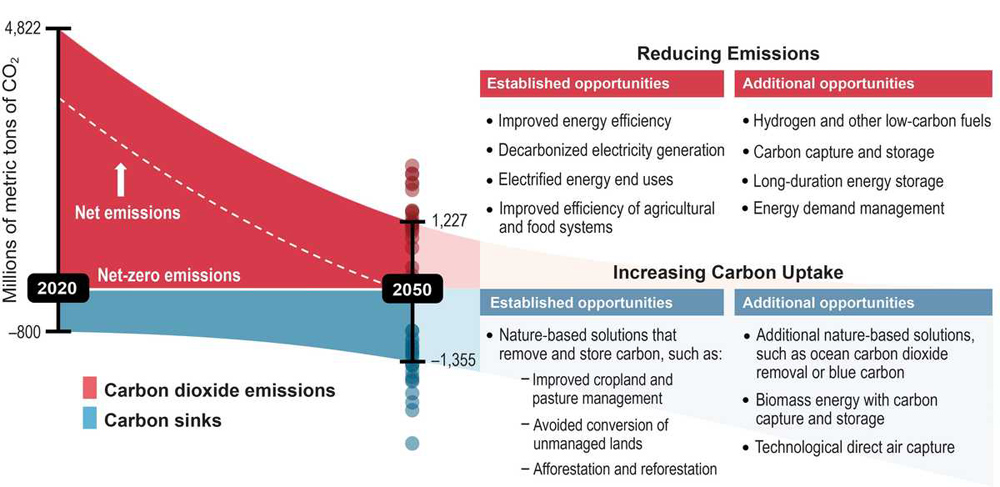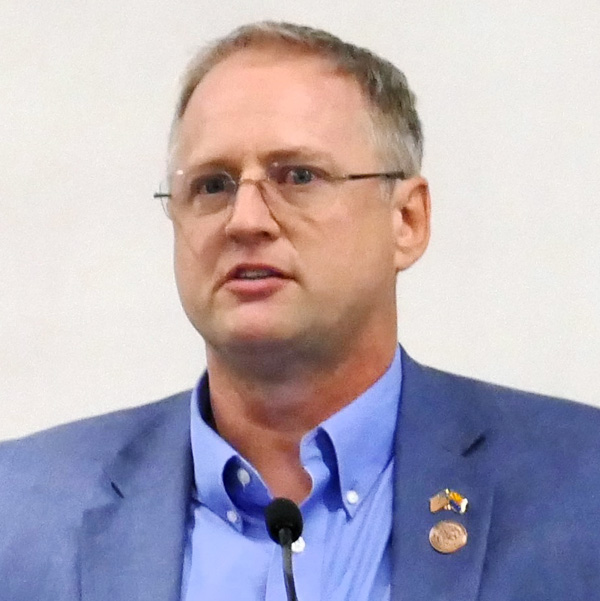RENSSELAER, N.Y. — NYISO’s Business Issues Committee on Wednesday approved tariff revisions to align day-ahead market (DAM) congestion settlement procedures with ambient-adjusted ratings (AARs).
FERC Order 881, issued in December 2021, mandated transmission providers evaluate their transmission capacity based on real-time environmental conditions, such as air temperature, wind speed and solar radiation (RM20-16). The order requires transmission providers to use AARs for short-term transmission requests — 10 days or less — for all lines impacted by air temperature. Seasonal ratings will be required for long-term service. (See FERC Orders End to Static Tx Line Ratings.)
NYISO’s proposed revisions aim to resolve inconsistencies between AAR rating limits used in the DAM and those assumed in transmission congestion contract (TCC) auctions.
This included changes to calculations of the congestion rent impacts of uprates and derates and the creation of a new category of qualifying events resulting from differences in the DAM ratings required by Order 881 and those assumed in TCC auctions.
FERC partially rejected NYISO’s initial July 2022 compliance filing, saying that some of the ISO’s revisions fell outside Order 881’s scope, certain terms were inadequately defined and the ISO was non-compliant with the timeline requirements of the order. (See FERC Approves Batch of Line Ratings Compliance Filings.) NYISO is awaiting a decision on its second compliance filing, submitted in June 2023.
NYISO’s ability to adjust its transmission line ratings in real time has become increasingly important to maintaining grid stability and efficiency, especially as the grid integrates more intermittent energy sources and climate change leads to more variable weather patterns.
The proposed changes now move to the Nov. 29 Management Committee for final approval. The ISO plans to implement the changes alongside its compliance proposals already accepted by FERC.
Internal Controllable Lines
The BIC also voted Nov. 15 to recommend the MC’s approval of energy market, capacity market and market mitigation rules for new “internal controllable lines” (ICLs).
Clean Path New York (CPNY), a 175-mile, 1,300-MW HVDC line, will be the first ICL in the New York control area. CPNY, which was selected under the New York State Energy Research and Development Authority’s Tier 4 renewable energy certificates program, will deliver renewable power generated upstate into New York City.
The ISO’s revisions will optimize ICL flows based on economic dispatch to serve loads at the least as-bid cost. Bilateral energy market transactions will not be permitted to source to or sink from an ICL.
The lines will be eligible for day-ahead bid production cost guarantee (BPCG) payments and for real-time BPCGs only if they are dispatched out-of-merit for reliability. They also will be eligible for day-ahead margin assurance payments when scheduled out-of-merit or derated for system security or to permit the ISO to produce additional operating reserves.
ICL bids will include an operating range and up to an 11-step dollar/MWh curve based on CPNY’s willingness to be paid or to pay to transmit energy between its two terminals. They will be limited to a maximum bid of $1,000/MWh and a minimum bid of -$1,000/MWh.
Both day-ahead and real-time settlements will be based on the price differentials between the injection and withdrawal buses, and line losses.
The ISO said it is proposing a flexible capacity market design without tying supply to specific generators. An ICL must hold unforced capacity delivery rights to be a capacity supplier; it would transmit pooled capacity, sourcing in the NYCA and sinking in a locality.
Because HVDC lines can ramp up and down as fast as 1,000 MW per second — versus the 10-20 MW per minute averaged by a typical 1,000-MW generator — ICLs’ ramp rates may be subject to limits to protect system stability.
No new market mitigation measures will be required for ICL’s functionality but the ISO will develop a new conduct test for uneconomic production.
Mark Younger, president of Hudson Energy Economics, asked about NYISO’s proposal to set ICL deviation charges — fees assessed to market participants for differences between their scheduled and actual energy generation or consumption — at 1.5% of the ICL’s upper operating limit.
Michael Swider, senior market design specialist at NYISO, explained that the deviation tolerance was reduced from 3% because the operations team determined the lower threshold to be more appropriate.
Assuming approval by the MC, NYISO plans to file its revisions with FERC in early 2024.
BIC Election
The BIC elected Timothy Lundin, transmission regulatory policy manager for LS Power Grid NY, as the committee’s new vice chair.
Lundin currently chairs the Electric System Planning Working Group’s but will leave that position at year’s end.
October Market Operations
NYISO Senior Principal Economist Nicole Bouchez presented the October market operations report, noting significant declines in natural gas and distillate prices and average monthly energy costs.
October’s average energy cost was 56% lower than the previous year, falling from $89.47/MWh to $39.44/MWh. Natural gas and distillate prices saw year-over-year reductions of 72.2% and 27.2%, respectively. The month’s LBMP also decreased to $28.10/MWh, lower than September’s $36.92/MWh and last October’s $53.11/MWh.
Bouchez mentioned the delayed development of an operating protocol for the Long Mountain phase angle regulator (PAR) installation, also known as the Dover PAR, due to ongoing court challenges (2023-50796). The timeline to complete an agreement for this 345-kV intertie between NYISO and ISO-NE remains uncertain.
Project Prioritization Proposal
At the Nov. 15 Budget & Priorities Working Group meeting, Kevin Lang, partner at Couch White representing the City of New York and Multiple Intervenors, proposed major changes to NYISO’s project prioritization process that seek to shorten the process, improve stakeholder coordination and enhance overall efficiency.
Lang suggested shifting project prioritization to later in the year to allow for more accurate assessments of project costs and resource availability and facilitate a smooth transition into the subsequent year’s work. He acknowledged this could increase NYISO staff workloads but said the benefits would outweigh the extra effort
The proposal was well received, with both Younger and Anthony Abate, lead energy market advisor for the New York Power Authority, commending Couch White for striving to improve these processes. They agreed that more information would enable better decision-making.
Lang encouraged stakeholders to send comments or suggestions to klang@couchwhite.com. He said he plans to present an updated proposal that incorporates submitted feedback in January 2024.

